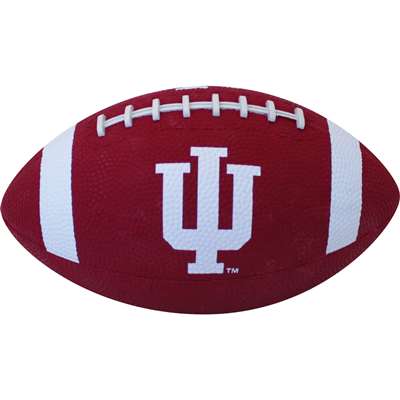By Melville Van Buren

BLOOMINGTON, Ind. – The Big Ten Conference announced its 2024 and 2025 football home/away opponents for each school on Thursday (June 8). As the conference moves to the 16-team, no division format, the Indiana football program will host five games during the 2024 season and have four conference home contests in 2025.
The Hoosiers home and away opponents will be as follows (listed alphabetically):
2024 Home: Maryland, Minnesota, Penn State, Purdue, UCLA
2024 Away: Michigan State, Nebraska, Northwestern, Wisconsin
2025 Home: Iowa, Michigan, Michigan State, Rutgers
2025 Away: Illinois, Maryland, Ohio State, Purdue, USC
Dates for the 2024 schedule will be announced during the 2024 season.
With the additions of UCLA and USC into the conference for the 2024 season, the Big Ten will debut the Flex Protect Plus model, which features a combination of protected opponents and rotating opponents for universities. Each member institution will continue to play nine intraconference games per season, and teams will play every other conference opponent at least twice – once home and once away – in a four-year period.
Conference schedules will include 11 protected matchups that will continue to be played annually and feature a combination of historic and geographic rivalries, as well as trophy games. These matchups, which includes Indiana-Purdue, were finalized in conjunction with all 16 member institutions to ensure the traditions of the Big Ten Conference remain strong as the conference evolves. The two-play opponents for each member institution will change every two years.
The 2024 season will conclude with the annual Big Ten Football Championship Game, which will feature the top two teams in the overall conference standings at the end of the regular season, with the winner earning the Big Ten Championship. Tiebreaking procedures will be announced later.
The 2024 and 2025 opponent rotations were approved by the Big Ten Administrators Council after careful consideration and constructs that included:
- Maintaining control and flexibility as the college football postseason format evolves, with the goal to create access for programs into an expanded College Football Playoff.
- Balance of annual travel by distance, regions of the conference, and time zones.
- Balance of historic competitiveness and recent competitive trends, including home/away balance of traditionally competitive schools.
- Balance and maximization of television inventory each season.
COURTESY INDIANA ATHLETIC COMMUNICATIONS
